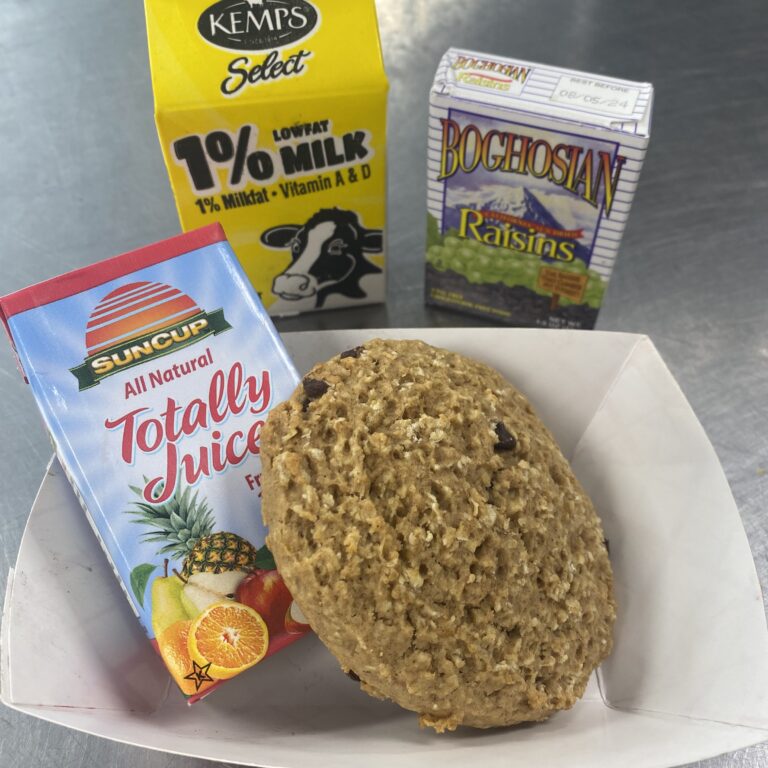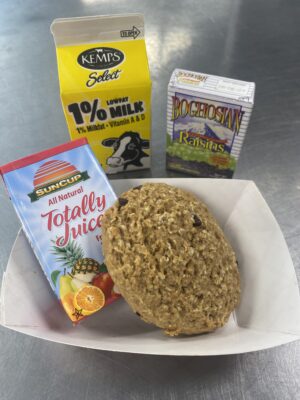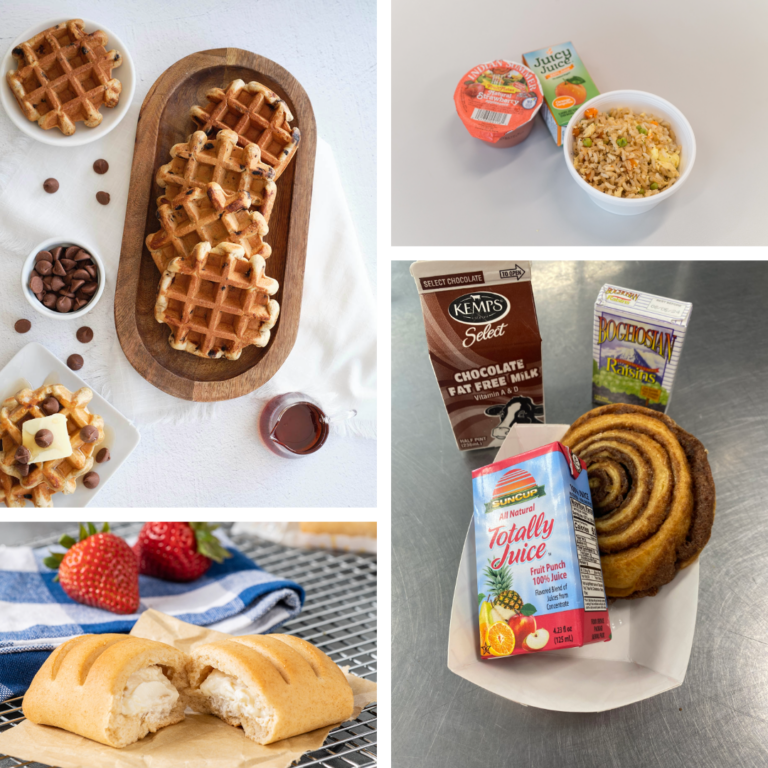The research is clear: students who eat breakfast do better in their studies, are more attentive and have fewer behavioral and health issues. School breakfast can also benefit food service programs through increased revenue. Despite its benefits for students and schools, participation in the School Breakfast Program nationally is about HALF of the National School Lunch Program, according to the School Nutrition Association.
In our experience, school breakfast is the easiest, most untapped source of food service revenues. For every additional student eating school breakfast under the School Breakfast Program (using SY24-25 reimbursement rates), your school would bring in an additional $488 a year (in areas with severe need, assuming 172 days in the year). With 50 additional students, that’s more than $24,000! After contract costs, your program could reap profits of about $18,000 for those 50 extra breakfasts a day.
Let’s focus on growing your breakfast participation in school year 2025-26!
If you’re offering school breakfast, what might be preventing more students from participating? Consider:
- Service style: The way breakfast is offered may affect participation. Grab-and-go breakfasts offered near entrances and breakfast-in-the-classroom are the most convenient, least labor-intensive breakfast styles and attract more students than cafeteria-served breakfast.
- Timing: Is breakfast offered prior to the start of before-school activities and until students start class? If students need to arrive early to eat breakfast, fewer are going to do so. Conversely, some students may miss breakfast if they have before-school activities that leave little time in between their activities and classes.
- Location: Offering breakfast through multiple carts or kiosks placed throughout the building can make it more convenient for students to grab breakfast on the way to their classrooms.
- Stigma: Students may not participate because they or their parents perceive school breakfast as to be only for low-income students.
- Parents: Many parents perceive school breakfast to be unhealthy. They may also feel like it’s their responsibility (duty) to provide breakfast for their kids. Help them shun the guilt by educating them on the convenience, cost and nutritional content of school breakfast. Help them see that school breakfast makes sense for their budget and time.
CKC Good Food Makes Breakfast a Breeze
CKC Good Food makes offering breakfast simple with our pre-assembled breakfast bags that contain all the components for a reimbursable meal. These work great for grab-and-go breakfast as well as breakfast in the classroom – the two most convenient options that have proved effective at increasing participation. The breakfast bags also keep your expenses and labor low.
Seven Hills Preparatory Academy enjoyed a significant bump in revenues when it had 600 students regularly taking school breakfast during the pandemic, when the school first offered school breakfast. According to Food Service Director Monica Gihl, CKC Good Food’s breakfast bags made it simple – students simply grabbed a bag and a milk on their way to their classrooms in the morning.
While our breakfast bags make morning service simple, by far our most popular menu with kids is our hot breakfast menu. Some schools offer a combination hot and cold menu.
Talk to your Client Services Manager about how other schools have successfully increased their breakfast participation. It could make a substantial impact on your bottom line and students’ performance and health.
Resources:
- Cafeteria Connection: School breakfast is best (available in the client portal “resources”)
- Breakfast In The Classroom from the School Nutrition Foundation
- Project BreakFAST from the University of Minnesota Extension Service



